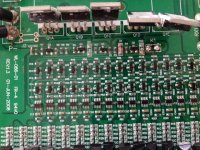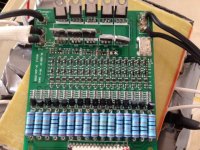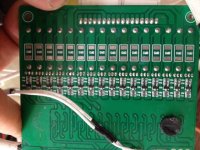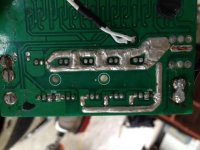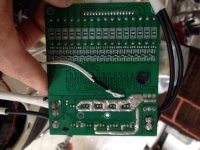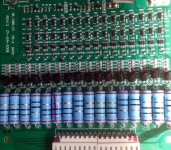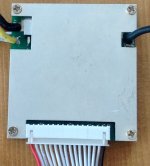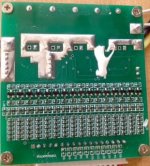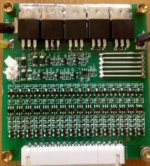Hello,
After i finish repairing my battery pack i hooked up my BMS. Now i have the problem the BMS will not workshop After a hour.
My question is how to mesure/repair a BMS??? What are the steps too begin?
Please i used the search function but cannt find a older topic.
Kind regards,
Joost
After i finish repairing my battery pack i hooked up my BMS. Now i have the problem the BMS will not workshop After a hour.
My question is how to mesure/repair a BMS??? What are the steps too begin?
Please i used the search function but cannt find a older topic.
Kind regards,
Joost


